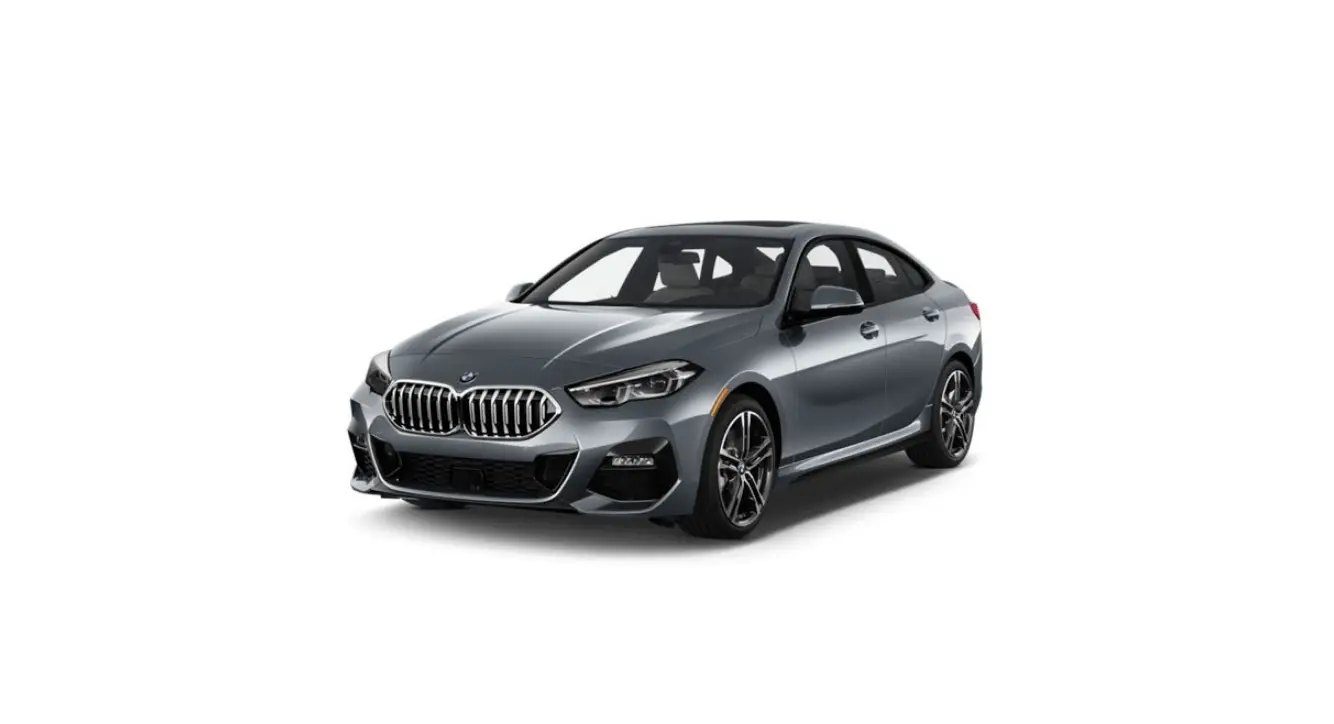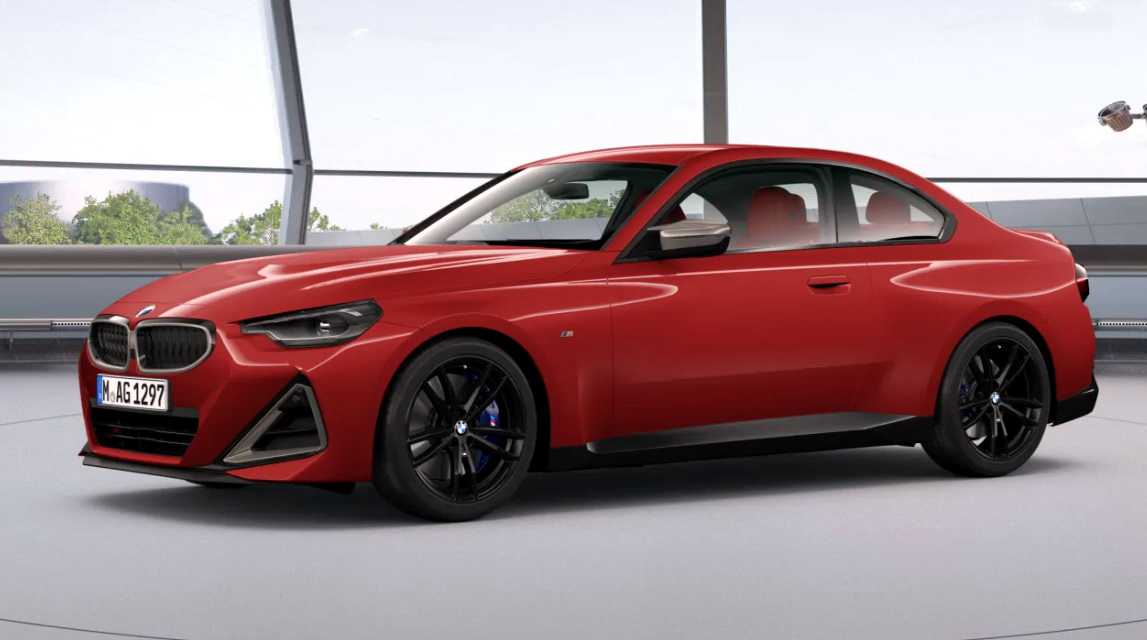BMW 2 SERIES COUPE 2023 Safety Safety Vehicle features and options This chapter describes model-specific equipment, systems and functions that are available now and will be available in the future, even if they are not available in the owned vehicle. Additional information: Vehicle equipment, refer to page 8. Airbags Front airbag, driver Front airbag, front […]


